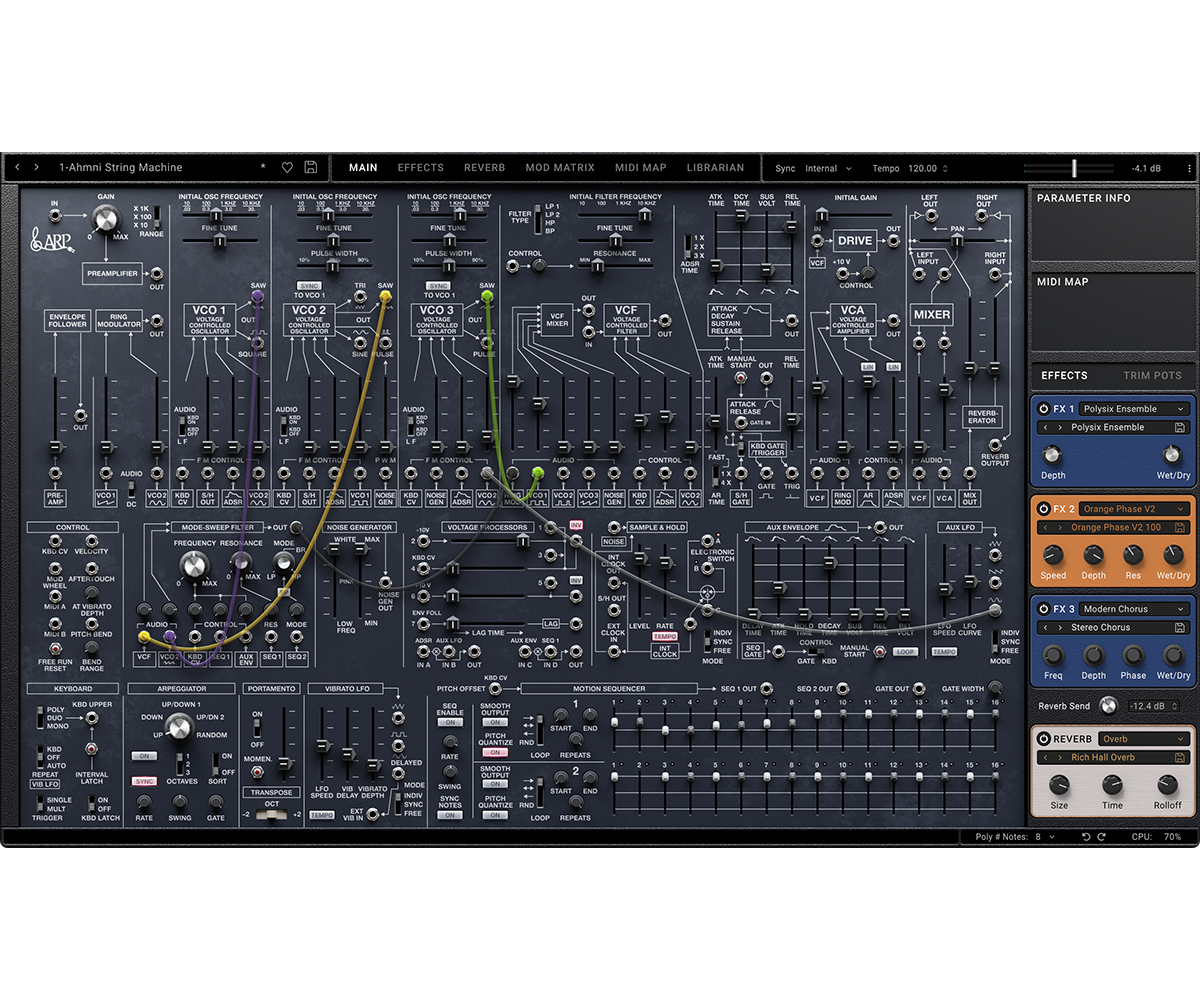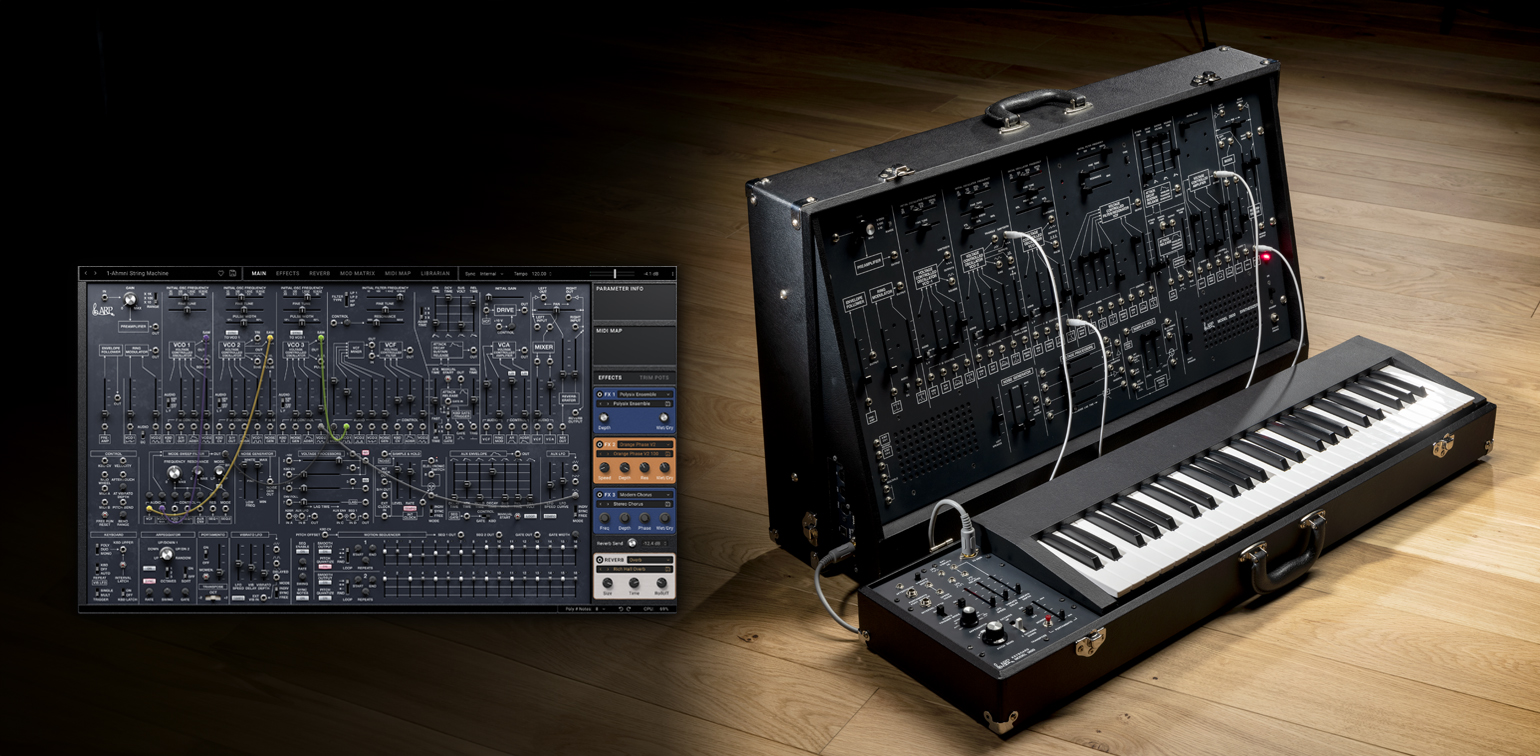

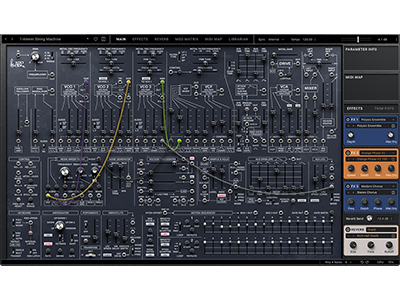
ARP 2600 for Mac/PC
SEMI-MODULAR SYNTHESIZER
Support
Learn More
The one and only ARP 2600
The iconic ARP 2600. It’s the one synth you can expect to see in every major studio. They demand astronomical prices on the second hand market. When KORG released the limited- edition ARP 2600 FS in 2020, they sold out immediately world-wide. Now, KORG is pleased to present the first truly accurate software re-creation of this essential synthesizer: the KORG Collection ARP 2600.
KORG’s proprietary CMT technology faithfully reproduces the distinctive waveforms and filters, the custom LFO and envelope shapes, the many subtle nonlinearities, even the behavior of the patch panel – unlike any other 2600 software instrument. Thanks to this obsessive attention to detail, you can open the original ARP 2600 Patch Book (available as a free PDF on KORG’s website), hook up each of the 100 patches on screen, and they will sound just like an authentic ARP 2600 – something that no other 2600 plug-in can do.
- KORG's CMT modeling technology brilliantly re-creates all aspects of the original circuitry
- Faithfully reproduces all 100 sounds from the original 2600 Patch Book, unlike any other plug-in
- New capabilities including switchable main filter types, SEM-inspired second filter, aux LFO and envelope
- Expanded features including polyphony, arpeggiator, and sequencer
- Achieves premium audio quality with anti-aliasing and oversampling
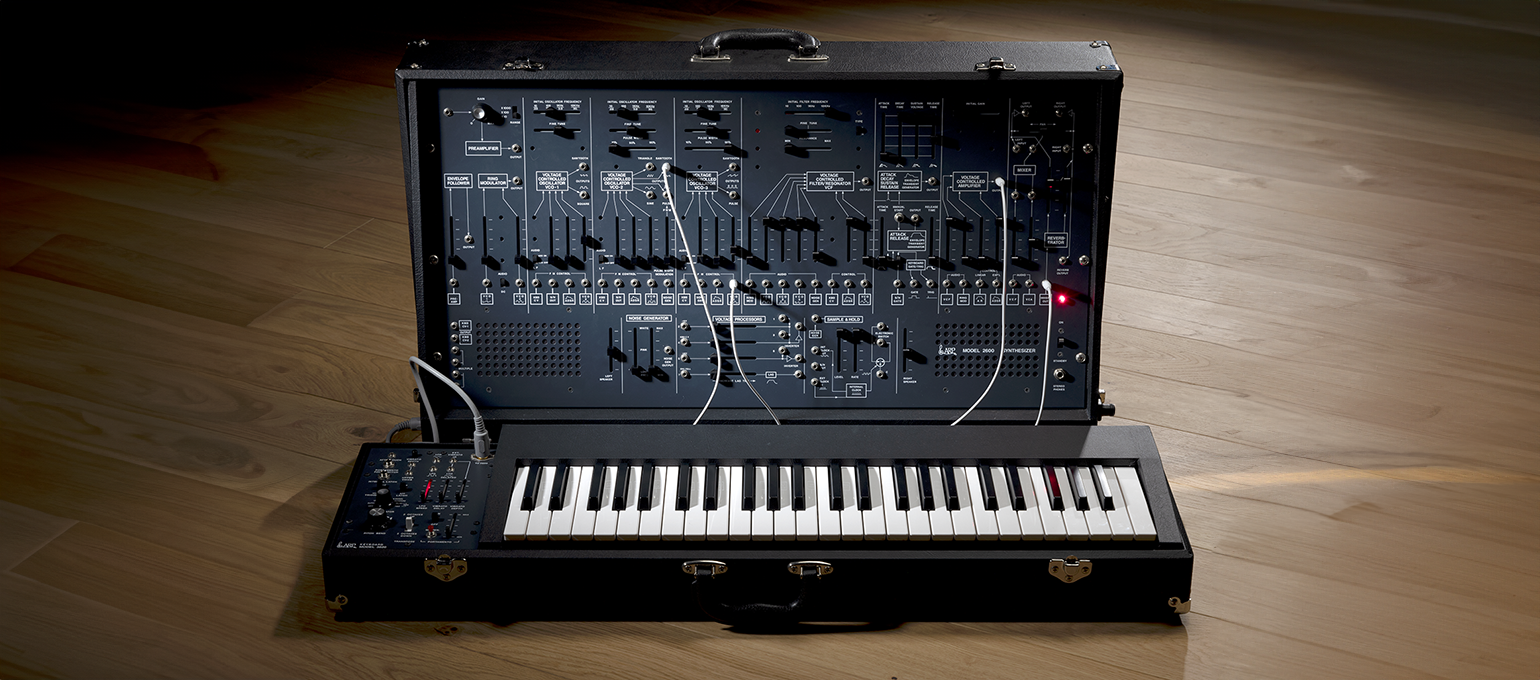
Bringing the ARP 2600 into the modern age
Preserving the fantastic sound quality, incredible flexibility, and quirky attitude of the original was only the beginning. To truly honor the legacy of this legendary instrument, we asked ourselves: if ARP redesigned the 2600 today, what would it be like? In response we made many improvements, including adding a second filter, a drive section, new modulation sources, extensive MIDI control, a sophisticated sequencer, up to 16-voice polyphony, and much more – all while keeping the spirit of the original ARP 2600 design.
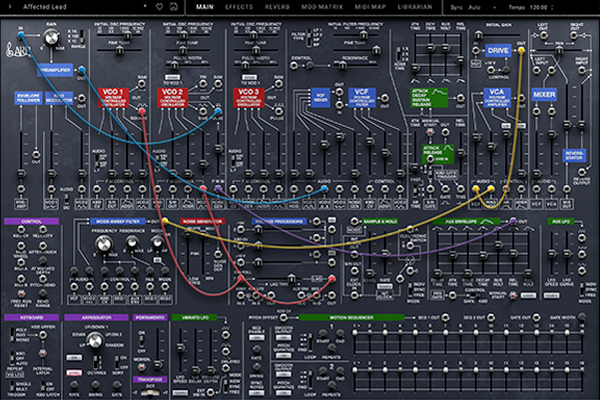
Easy to learn
The ARP 2600 is the ideal way to learn about analog synthesis. The main signal path runs clearly from left to right. Unlike a modular synth, cables are completely optional; you can make incredible sounds just by moving the sliders. Everything’s there right in front of you – no scrolling required.We wanted to expand on this tradition of education and ease-of-use. A new silkscreen uses color to differentiate between signal sources, signal processors, modulation sources, and control modules. (If you prefer, of course, the original white-on-black silkscreen is also available.) When you decide to use cables, they show the signal flow direction, and inapplicable patch points fade into the background. On-screen help has information and useful tips for every slider, knob, switch, and jack.
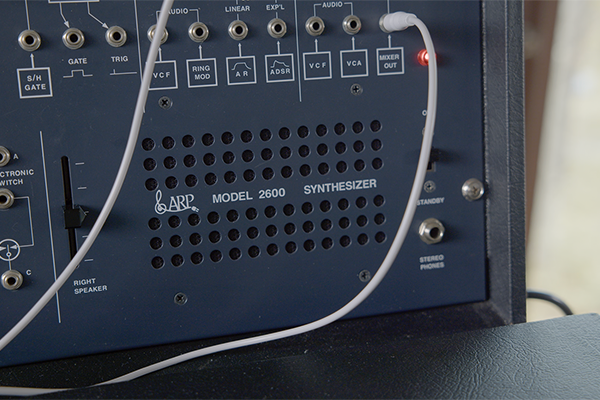
Classic sounds
Pulsing basslines for “Thriller” and “Borderline.” Signature sounds on “Autobahn,” “Don’t Go,” “Just Can’t Get Enough,”and “Oxygene” – and let’s not forget “Birdland.” Searing guitar processing on “Who Are You” and “Discotheque.” The robot voice of “R2.” Funk, rock, jazz, pop, electronica, film – none of them would be the same without the ARP 2600. You’ll feel the same way for your own music when you play through KORG’s many awesome-sounding, professionally-designed presets.
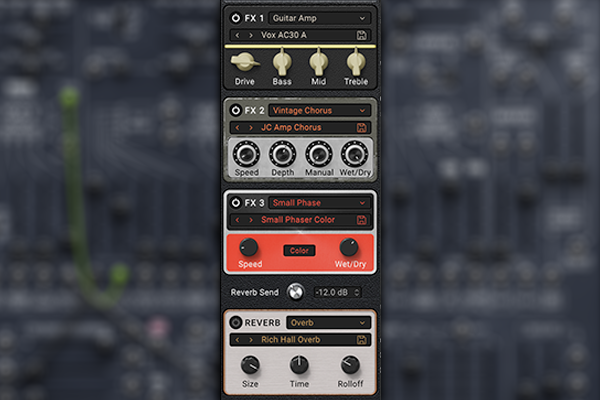
Effects
The vintage ARP 2600 might have been the first all-in-one synth with built-in effects, in the form of its integrated spring reverb. We’ve kept the original spring reverb on the patch panel, but also brought the effects up to modern specifications with three insert effects and a dedicated reverb slot.There are 31 effects types to choose from, including vintage pedals, guitar amps, and tape echoes to modern reverse delays and shimmer reverb – taking the ARP 2600’s classic synth timbres to the next level.
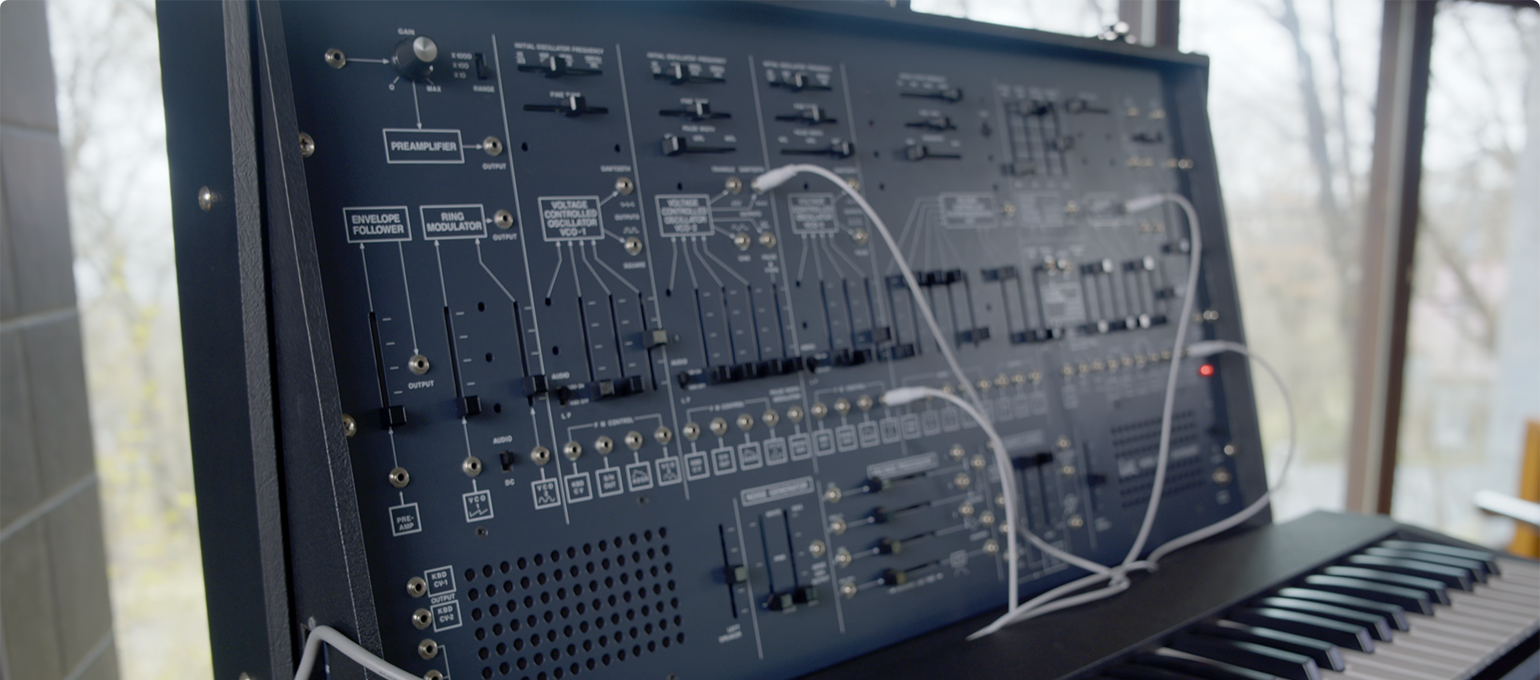
Beauty in the details
Our engineers spent considerable time understanding every detail of the original and modern schematics, poring over the original ARP 2600 manuals, testing with oscilloscopes, and most importantly listening.
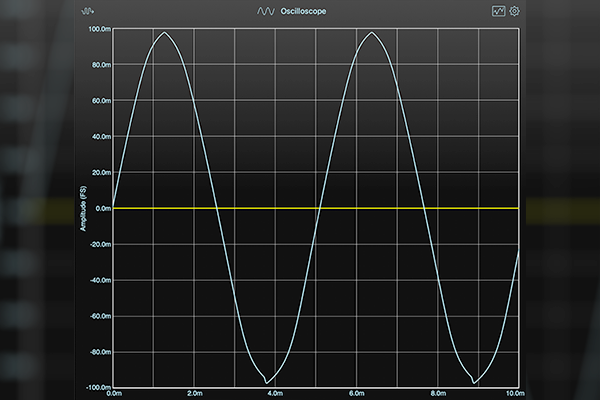
The original AR and ADSR envelopes, for example, might seem simple – but it took a lot of time and tweaking to get them just right. The oscillator waveforms are correct, including the slight imperfections that add a unique brightness (especially for the triangle and sine).
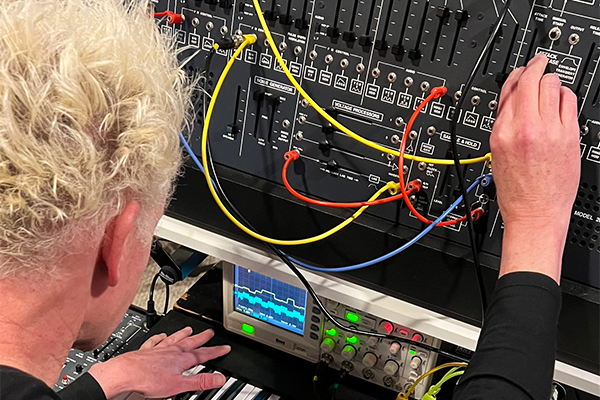
We modeled both of the original VCF modules, the 4012 and the 4072, with a switch to select between them. We included all of the many saturation points on the original hardware, with subtle distortions that bring life to the sound. Extensive anti-aliasing techniques spread throughout the different modules let us deliver truly premium audio quality. KORG’s Component Modeling Technology (CMT) includes variations between analog components, just as you’d find with multiple hardware 2600s, to deliver natural richness when playing polyphonically.
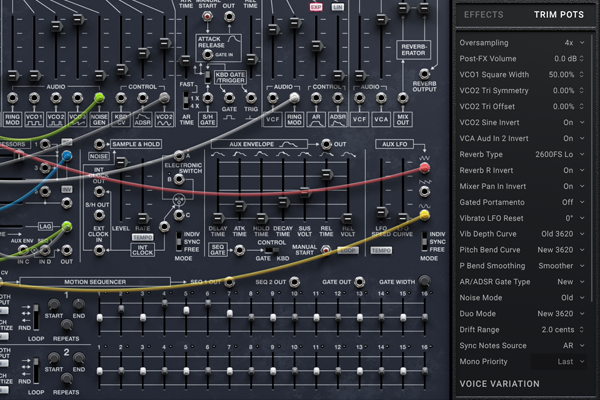
Outside the patch panel, there are 20-odd Trim Pots to select between behaviors of different 2600 vintages, dial in calibration details such as square wave width and triangle wave symmetry (just like the original hardware), and more.

Making it even better
How to improve on a classic? First, we added the most popular mods for the original hardware, such as oscillator sync (using our patented, best-in-the-industry technology), time-scaling switches for ADSR and AR, and so on. We also incorporated features from KORG’s ARP 2600 FS reissue, such as a switch to select between the two original VCF filter types, additional controller routings, and an arpeggiator. After that, we really got to work! See the image below for all the changes, including:

・Insert points between the VCF input mixer and the main VCF, for increased patching flexibility
・New Mode-Sweep Filter, inspired by the classic SEM
・Looping DAHDSR Aux Envelope and Aux LFO (DAHDSR = Delay, Attack, Hold, Decay, Sustain, Release level and time)
・Two-lane Motion Sequencer inspired by the ARP 16xx series
・New “multiplier” Voltage Processors for scaling audio and modulation
・Tempo sync and individual/free run options in all appropriate places
・Patch-panel outputs for Velocity, Aftertouch, Mod Wheel, and other MIDI controllers
・Connect multiple cables to any output jack - no separate "mults" required
・...and more!
Extensive MIDI control
We added three different mechanisms for MIDI control. First, you can introduce MIDI signals directly via the patch panel, including velocity, aftertouch, mod wheel, pitch bend, and two assignable MIDI CCs. There’s also a 30-slot mod-matrix for modulating parameters from MIDI sources. Finally, MIDI Mapping lets you directly move sliders, knobs,and buttons from your favorite MIDI controller.

Preserving and expanding the 2600 spirit
Even more than most vintage synths, the 2600 has a character all its own. To begin with, no two sections are alike; each has its own purpose (often more than one) and capabilities to match. Each of the three VCOs has different features.The two envelopes work very differently. There are many hidden quirks, such as different ranges for identical-looking control inputs, phase inversions, and unusual waveforms. It’s a carefully considered instrument, but it also feels like a collection of bespoke modules. The differences guide the eye, and also simply make it fun to play around with. There’s a constant sense of discovery, of “wow, I can make it do that, too!”
When adding all of the new capabilities, we were determined to preserve the spirit of the original instrument. So, we resisted the modern urge to unify and standardize. Each of the VCOs is still different. When we added an envelope and an LFO, we made sure that they were different from the originals, enabling new sounds instead of just “more.” When we added a second filter, we made it entirely different from the main VCF. Each new feature speaks with its own voice. All of the additions have sensible normalled connections, incorporating the new LFO, envelope, and sequencer.
We also kept all of the controls of the original instrument, and even with all of the additions, we preserved the basic layout. If you’re familiar with the old 2600, or KORG’s new 2600 FS and 2600 M, you’ll feel right at home – but with even more to play with.
ARP is reborn: MADE BY KORG
From the beginning, ARP has greatly influenced synthesizer development and in turn been involved in the birth of numerous musical styles. After initial success in producing numerous classic instruments, ARP regrettably closed its doors in 1981. In 2015, KORG revived the ARP brand with ARP co-founder David Friend as an advisor, successfully re-releasing the classic Odyssey and 2600 synthesizers for the 21st century.

Try the demo version first!
The KORG Collection - ARP 2600 is available as a free demo version* that offers all synthesis functions for free as a trial. Get a glimpse of the possibilities before buying.
* KORG ID account is required.
* The software can only be used for 20 minutes at a time.
* The ability to save edited programs is disabled.
Included in the KORG Collection.
ARP 2600 for Mac/PC is included in the KORG Collection 5 - Full Version. The Full Version of 17 pieces of KORG software. All at once you will be able to get the famous analog machines that laid the groundwork for the synthesizer as an instrument in the 1960s and early 80s, as well as the well-known digital machines that changed the history of music in the late 1980s and 2000s.






